What are our expectations for blockchain games? I think it is an expectation for a fair mode.
In the theme discussion of ChinaJoy, various stakeholders tried to describe our blockchain games as Web3 Games instead of using terms like X2E or GameFi – this is definitely progress. It shows that many institutions and game developers have finally recognized that the core of Web3 Games is not a Ponzi scheme that exploits investors but rather a genuine form of entertainment centered around games. Although people haven’t completely abandoned this money-making beast, they have finally weakened the financial speculation in Web3 Games.

Recently, Go2Mars participated in ChinaJoy 2023 in Shanghai, and discussions on Web3 games were heard throughout the gaming event attended by traditional game developers. After participating in several meetings on traditional game globalization and Web3 games, we found that both overseas traditional game giants like Ubisoft and domestic game giants like NetEase have a deeper layout for Web3 games. Bandai Namco and Sega have also jointly launched the game blockchain Oasys. Various categories of games, including chess (such as Mahjong Meta and Immortal Games) and shooting games (Matr1x), have attempted blockchain integration.
- Civilization Evolution Theory Breaking Free from the Rat Race, From Urban Residents to Digital Nomads.
- Interpreting the three main narrative threads of the Ethereum Layer 2 Scaling Solution Why is hot money pouring in?
- DeFi Investment Portfolio 5 Key DeFi Options Strategies
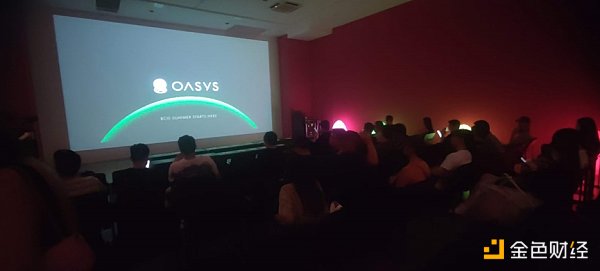
Of course, what is different from the past is that in this theme discussion, various stakeholders try to describe our blockchain games as Web3 Games instead of using terms like X2E or GameFi – this is definitely progress. It shows that many institutions and game developers have finally recognized that the core of Web3 Games is not a Ponzi scheme that exploits investors but rather a genuine form of entertainment centered around games. Although people haven’t completely abandoned this money-making beast, they have finally weakened the financial speculation in Web3 Games.

In this article’s discussion, I don’t simply regard games as a simple entertainment tool. On the contrary, games represent a trend, which can be a shift in interaction mode (such as Fruit Ninja – touchscreen game) or an iterative test of financial products (GameFi).
Games are a leading indicator of emerging technologies.
Tokenomics: The Stigmatized Blockchain Games
If we go back to early 2022 when StepN became popular, the discussion in every running group was not about how far they ran, but about calculating the return on investment cycle – how to recoup the initial investment and achieve maximum profit as quickly as possible? This was the concern of every player, so at that time, blockchain games were more commonly referred to as X2E or GameFi. The core essence was an alternative form of mining, where participants staked value tokens in exchange for NFTs or game tokens to earn higher returns. Of course, these are all well-known facts that anyone who has experienced it would understand. This is not a sustainable game model, and the tulip bubble burst will always happen faster than your commercialization process. That’s why GameFi always ends up in a Ponzi collapse.
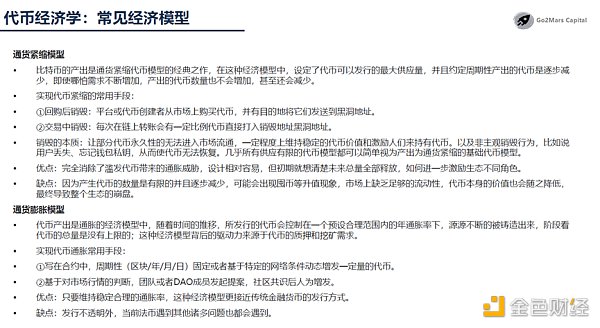
When discussing what games can bring us, there was once an explanation that I will never forget:
Addictive mechanism = dopamine feedback from the game itself + joy brought by social interaction within the game
I strongly agree. In the traditional gaming world, besides professional game bounty hunters, companions, and game studios, everyone participates in games for fun and social interaction. This is also why so many real gamers in recent years have criticized blockchain games. The so-called Crypto Natives do not care about whether the game is fun or not. They only care about calculating how to obtain higher returns and whether they can duplicate and double the profits, without caring about the quality of the game.
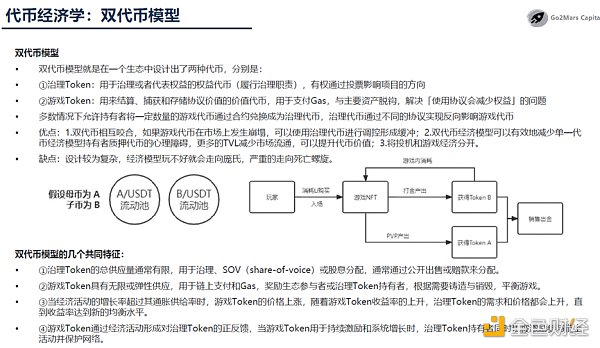
When discussing the economic systems of games, the economic mechanisms of games like “Fantasy Westward Journey” and “World of Warcraft” are worth studying for any Web3 game entrepreneur. When the word “real” no longer mentions tokenomics and games have sufficient positive externalities, and players play for entertainment rather than speculation, we can move on to the next topic: What exactly are Web3 games playing and why do we need to make Web3 games?
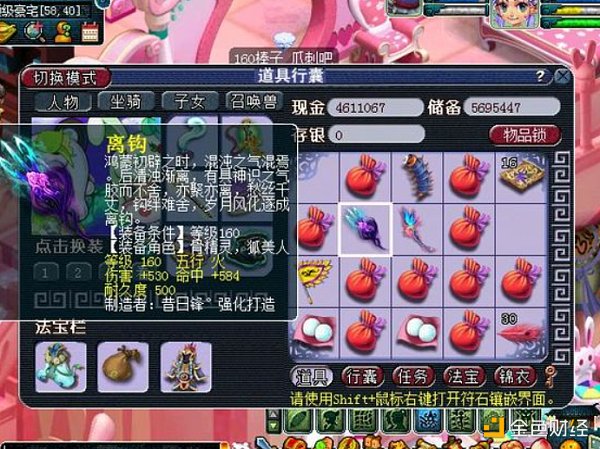
Casual games are a category of Web3 games. In 2022, the developer of the game “Tetris,” PlayStudios, established a blockchain department and announced its entry into the Web3 market. Similarly, we can imagine which simple casual games such as match-3, Plants vs. Zombies, Angry Birds, Fishing Master, etc., can become a part of Web3 games after being transformed into an economic system on the blockchain.
There are already too many Web3 casual games, including match-3 games. Although they are easy to develop and transform onto the blockchain, casual games have a relatively low demand for being on the chain. To be more precise, for chain-based casual games (especially those involving competition), if they lose their financial attributes, the demand for the game will decrease significantly, eventually becoming a form of gambling. The core of these games is to quickly attract new users through token mechanisms, but most of these games will ultimately end in failure or no longer attract new players.
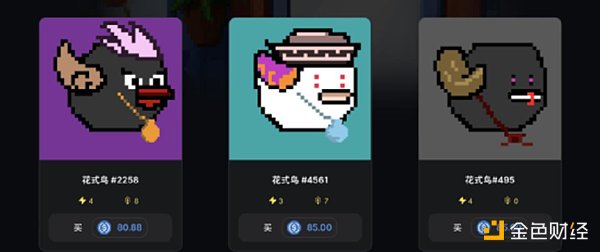
Compared to casual games, another frequently mentioned type of Web3 game should be AAA games. The AAA game that I am most looking forward to is “The Myth of Wu Kong,” but I don’t know when it will be released. The implementation difficulty of this track is indeed higher, considering the technical requirements and funding needs for studios. However, these AAA games often do not have the speculative attributes that casual games often have. After all, people who are willing to spend time playing AAA games generally care more about the quality of the game, in other words, “not really short of money.” This is where more Web3 elements, whether it is the circulation of NFTs and token systems or the determination of on-chain rules, can bring a more exciting and innovative game experience in the right circumstances.
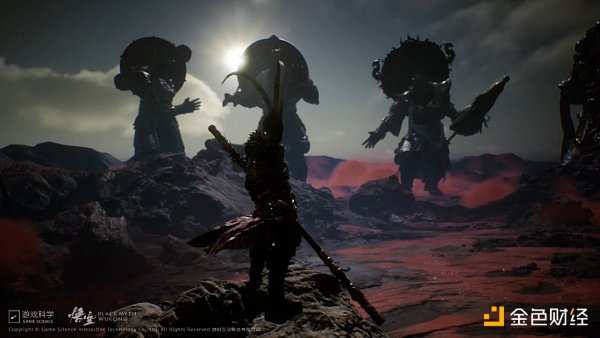
Of course, various types of Web3 games are not mentioned here. Card games, simulation games, competitive games, RPGs, MMORPGs, and so on. There can be many types. Here, casual games and AAA games are used as examples to make a comparison. The former focuses more on financial speculation and the traffic brought by airdrops, while the latter is more about optimizing the gaming experience as a mechanism. The difference between the two is quite significant.
What do we expect from blockchain games? I think it should be “Game” rather than “-Fi”.
Blockchain Games: How important are the rules?
For native crypto games, we use a widely recognized definition: A native crypto game is a game that embraces the architecture and spirit of blockchain application development to the maximum extent.

In this definition, fully on-chain games are the way to go:
-
Blockchain is not just a data tool for auxiliary storage, nor is it only used to store asset ownership on the chain (semi on-chain games). Instead, all meaningful data should be stored on the chain.
-
All game logic and rules are implemented through smart contracts.
-
Games should be developed according to the principles of an open ecosystem.
-
The game itself is independent of the client (i.e., it can interact with smart contracts without using the developer’s provided client).
-
Support for real-world assets (RWA).
Based on the above, most of the games we currently see are semi on-chain games, where player assets are stored on the chain, but the actual gameplay is conducted off-chain. Almost all the GameFi games you have played are of this form.
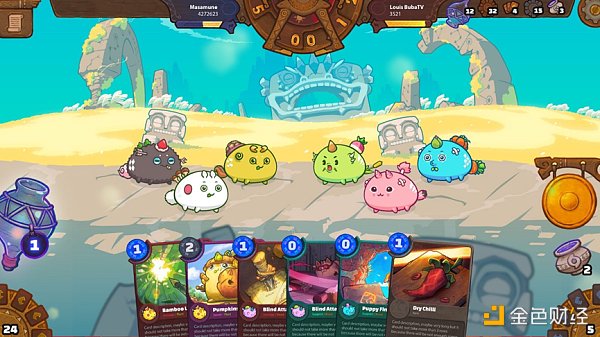
The difference with fully on-chain games is that all the game data is on-chain (directly or indirectly), and the game logic is implemented through smart contracts. Of course, if all activities were directly put on the chain, both the processing speed and the number of transactions would definitely be a problem. Existing processing solutions can delay processing through methods like encrypted packaging and verification similar to Layer2, or avoid frequent interactive processing in the game’s design mechanism. However, this is not the core of the discussion. Similarly, decentralized storage, Ephemeral chain, App-specific precompile, and other methods have been attempted in terms of implementation.
For fully on-chain games, what I appreciate the most is the pursuit of fairness, that is, all game logic is implemented through smart contracts. Especially in online card games (TCGs), as a loyal fan of a chess and card online game based on the Three Kingdoms period for the past twelve years, it is well known that whether it’s a problem with drawing cards at critical moments or the fact that lottery operations always require reaching the end to get the guaranteed reward, it has become notorious. This itself indicates that game developers or operators can often ruthlessly exploit players, and this is something that fully on-chain games need to address.

“I came to Hangzhou for three things, fairness, fairness, and fairness of xx.” Rules exist in people’s hearts, but they cannot rely solely on people’s hearts. Rules need to be enforced.
What do we expect from blockchain games? I think it is an expectation for a fair mode.
Web3 Game to Web3 Society: Where is the future heading?
RWA, ARVR, metaverse, Web3… As mentioned at the beginning of the article, I don’t simply regard games as mere entertainment tools; on the contrary, games represent a trend.
Now, more and more on-chain and off-chain activities are being combined. Our game rules can be specified by smart contracts, and our assets are nothing more than chains of data. Crypto has already changed many aspects of our lives, but it’s not enough.
I won’t elaborate on where the future is heading, but Web3 Game might be an entertainment experiment for Web3 Society. What will the world look like in the future?
Like what you're reading? Subscribe to our top stories.
We will continue to update Gambling Chain; if you have any questions or suggestions, please contact us!